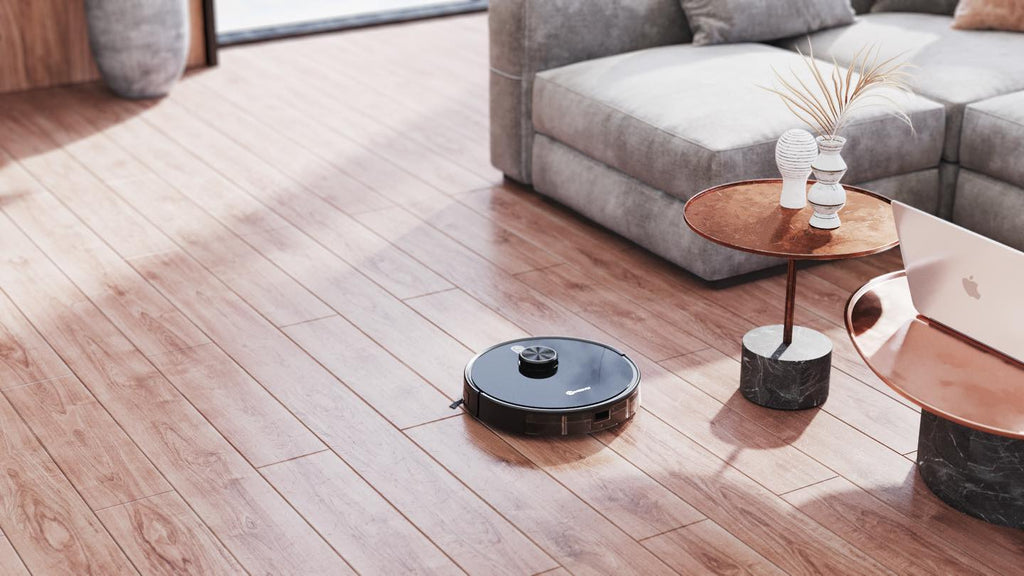How do you clean a robot vacuum cleaner?
With a robot vacuum cleaner, you can clean the floor all day long without having to lift a single finger. But one thing it cannot do alone is to cleanse itself.
Hair, dust, food debris and other debris gradually accumulate in the sturdy hoover's large-capacity dust collection box.

You need to clean the dust collection box regularly
You should clean the robot vacuum cleaner once a week, or more frequently if you use the robot hoover more than 5 times a day. Failure to do so may cause the robot vacuum cleaner to stop working optimally.

Human and animal hair is one of the most frequent accumulations in the brushes and wheels of robotic hoovers。It is important to remove hair from these parts to ensure that it does not block the air flow, especially as the wheels turn correctly.
Many robotic vacuums come with cleaning kits specifically for specific hairs, which are easily disposed of using the included cleaning tools and then gently pulled out of the brushes and wheels.
Hair can also build up on the side brushes of the robot hoover and cause them to stop spinning, which can make the robot hoover work worse.To avoid this, you can remove the side brush and easily pull out the hair strandsIf the brush looks worn or is bent in the wrong direction, you may need to replace the side brush.

Cleaning in front of the sensor
It's important to look after the sensors on the robot hoover - after all, these are the eyes of the machine, ensuring that it can clearly scan the entire house and plan its route.
The first thing you should do is find out where the sensor is located on the robot hoover by looking at the user manual that came with the robot hoover. If you do not find this manual, you can look it up on the official website.
We recommend that you use a damp paper towel to clean the sensor. For most robotic hoovers, the use of a wet paper towel can easily transfer until clean.
Usually, only a small layer of dust settles on the sensor and does not need to be cleaned as often.